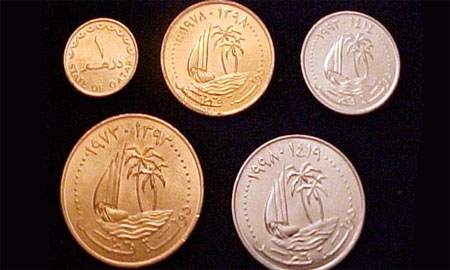Now, Qatar is making even greater strides towards reinforcing its economy and attracting foreign investors. In the region FDI has been curtailed by restrictions on business ownership outside the free zones. To the approval of the local business community, three sectors have been fully opened: consultative and technical work services, technology, and distribution services. Under the amended law, foreigners can also own a higher share of companies in agriculture, industry, health, education, tourism, and natural resources development.
While the new law will surely encourage investment in a variety of sectors, thus falling in line with the diversification efforts of Qatar’s National Vision 2030, it is the hydrocarbon industry itself that has boosted the non-oil industry. The wealth generated by oil and gas has allowed for a higher purchasing power and consequently a greater demand for products and services. Non-oil manufacturing in the GCC region has grown over the past decade, increasing its contribution to GDP from approximately 1% to 10%.
While the main economic driver will remain hydrocarbons for many years to come, the government believes it is possible to build the banking, insurance, telecom, IT and other sectors around oil and gas.

0 COMMENTS